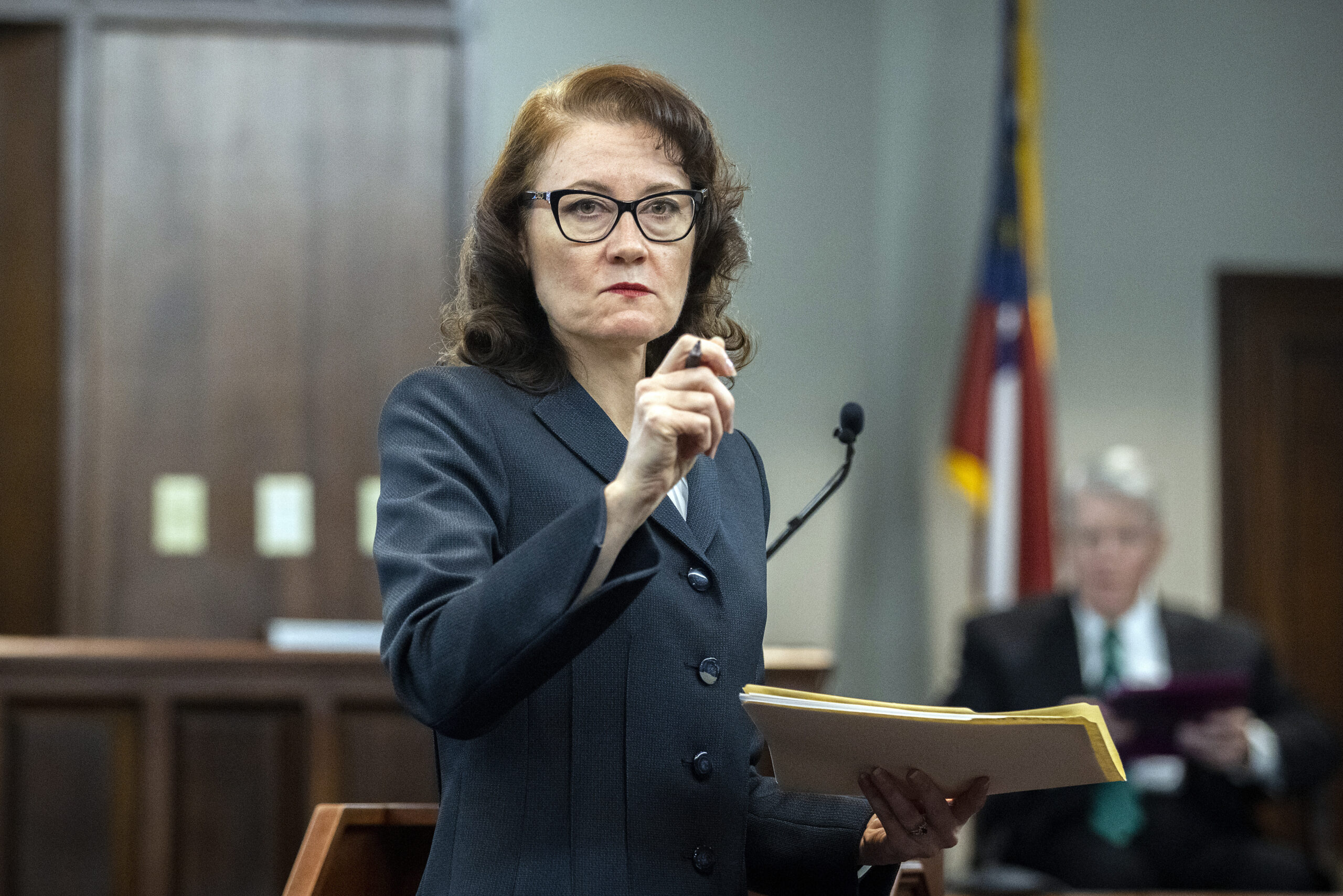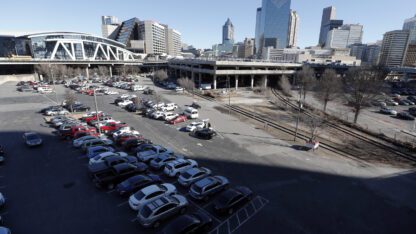Prosecutors rested their case Tuesday in the trial of three white men charged with chasing and killing Ahmaud Arbery.
Prosecutors called 23 witnesses during eight days of testimony. They concluded with Dr. Edmund Donoghue, the state medical examiner who performed the autopsy on Arbery’s body, followed by the Georgia Bureau of Investigation’s lead investigator in the case.
Donoghue testified that Arbery was hit by two of the three shotgun rounds fired at him. He said both gunshots caused such severe bleeding that either blast alone would have killed the 25-year-old Black man.
“Is there anything law enforcement or EMS could have done to save his life at the scene?” prosecutor Linda Dunikoski asked.
“I don’t think so. No,” Donoghue replied.
Donoghue performed an autopsy on Feb. 24, 2020, the day after Arbery was slain. The jury saw close-up photos of his injuries.
Asked by the prosecutor how Arbery was able to fight back after sustaining such a severe wound from the first gunshot, the medical examiner called it a “fight or flight reaction” that raised his heart rate and blood pressure while sending adrenaline coursing through his body.
Superior Court Judge Timothy Walmsley said defense attorneys would begin their cases Wednesday.
Father and son Greg and Travis McMichael armed themselves and pursued Arbery in a pickup truck after spotting him running in their neighborhood. Their neighbor William “Roddie” Bryan joined the chase and took cellphone video of Travis McMichael shooting Arbery. All three men are charged with murder and other crimes.
The McMichaels told police they chased Arbery suspecting he was a burglar after security cameras recorded him several times inside a home under construction, five houses away. Defense attorneys say the younger McMichael fired his gun in self-defense after Arbery tried to take it from him.
Prosecutors say they chased Arbery for five minutes to keep him from leaving the Satilla Shores subdivision outside the port city of Brunswick. The chase ended when Arbery, trailed by Bryan’s truck, tried to run around the McMichaels’ truck as it idled in the road ahead. The video shows Travis McMichael confronting Arbery and then shooting him as he throws punches and grapples for the gun.
Robert Rubin, one of Travis McMichael’s attorneys, noted that the medical examiner wrote in his report that Arbery died from wounds “sustained during a struggle for a shotgun.”
“Were you aware that Mr. Arbery had his hand on the gun?” Rubin asked Donoghue, who answered that he was.
Despite the gunshot to his right wrist, Rubin said, “nothing prevented Mr. Arbery from holding the gun with one hand and swinging and punching with the other hand.”
GBI agent Richard Dial, who led the investigation into Arbery’s death, showed the jury maps of the neighborhood where the shooting occurred and a drone video tracing what authorities believe was the path of the chase that ended in the killing. Dial also briefly reviewed the cellphone video of the shooting itself.
Bryan’s attorney, Kevin Gough, asked the investigator whether he agreed that Bryan’s video of the shooting was “consistent with someone who was a witness” to the chase rather than a participant.
“He wasn’t a witness,” Dial replied. “It would be consistent that he was still pursuing Mr. Arbery, trying to box him in between two different vehicles.”
For a deeper exploration of Ahmaud Arbery’s story, listen to WABE’s podcast, “Buried Truths.” Hosted by journalist, professor, and Pulitzer-prize-winning author Hank Klibanoff, season three of “Buried Truths” explores the Arbery murder and its direct ties to racially motivated murders of the past in Georgia.










